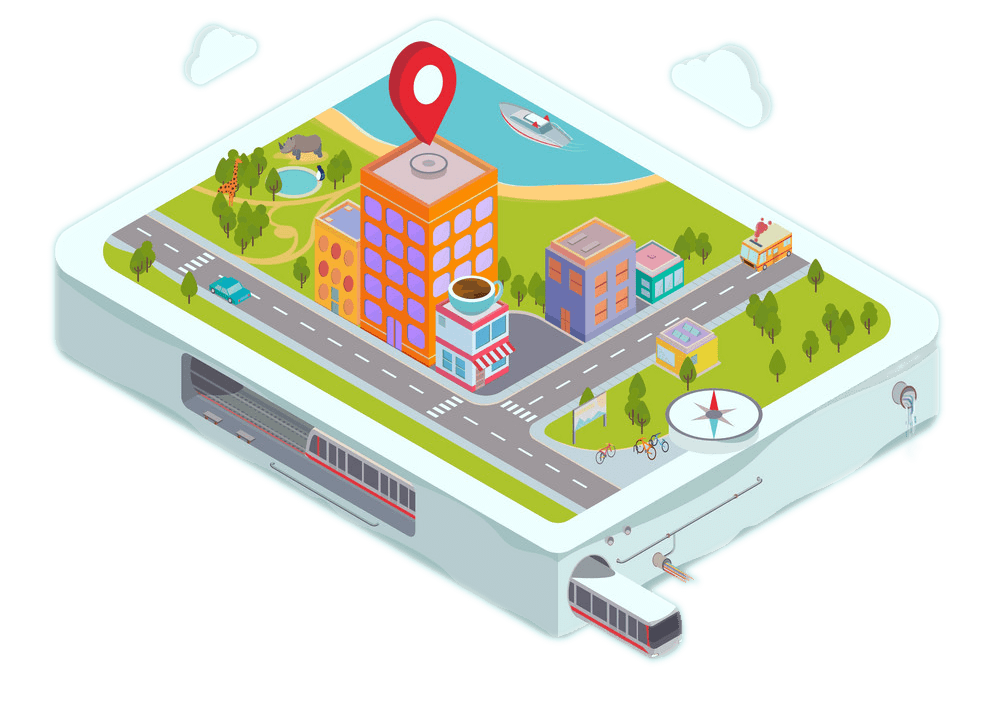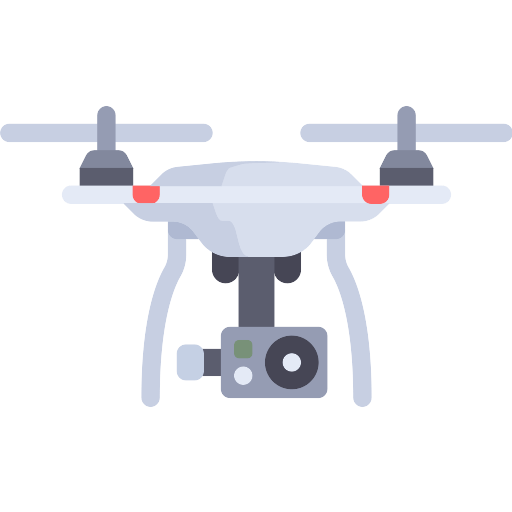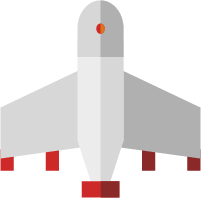Transportation engineering is the discipline that deals with the planning, design, construction, operation, and maintenance of transportation systems, such as roads, bridges, tunnels, railways, airports, ports, etc. Transportation engineering can help to improve the efficiency, sustainability, and livability of urban areas by providing safe, reliable, and convenient transportation services and solutions.
However, transportation engineering is not an easy task. It requires a large amount of high-quality and reliable data from various sources and formats, such as sensors, cameras, GPS devices, surveys, maps, and satellite images. It also requires advanced tools and techniques to integrate, manage, analyze, and visualize the data in a meaningful way.
This is where GIS mapping and remote sensing come in. GIS mapping and remote sensing are two complementary technologies that can enhance the capabilities and outcomes of transportation engineering. GIS mapping is the process of creating and using digital maps that can store, display, and manipulate spatial data. Remote sensing is the process of acquiring and interpreting information about the earth’s surface and atmosphere from a distance, such as from satellites or aerial vehicles.
In this blog post we will explain how GIS mapping and remote sensing can improve transportation engineering in several ways. We will also show you how Think Transportation can help you to leverage the power of GIS mapping and remote sensing to achieve your transportation engineering goals.











